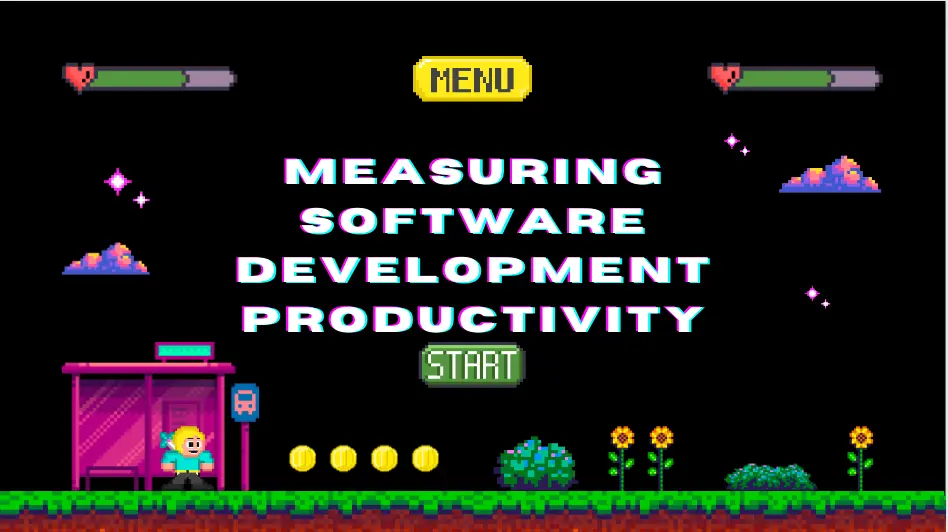The Impact of AI in Programming: A New Era for Software Teams

Published on 23 September 2025 by Zoia Baletska

For decades, software development has lived in tension between innovation and maintenance. On one hand, developers want to ship new features, improve user experience, and drive business value. On the other hand, they face the constant drag of technical debt, outdated libraries, and long lists of code quality issues flagged by tools like SonarCloud. These are vital tasks—but they’re rarely the ones developers wake up excited to do.
Today, artificial intelligence is changing that equation. Far from being just a “co-pilot” for writing new lines of code, AI is increasingly becoming a maintenance partner, quality enforcer, and productivity amplifier. It promises not only to make individual developers faster but to reshape how software teams approach the lifecycle of code fundamentally.
From Routine Burden to Strategic Value
Traditionally, much of programming effort has gone into keeping systems alive rather than pushing them forward. Teams devote sprints to upgrading dependencies, refactoring old modules, or cleaning up legacy patterns. While important, this type of work often delays feature delivery and drains morale.
AI changes the calculus:
-
Instead of waiting for developers to manually identify code smells, AI proactively flags and suggests fixes in real time.
-
Instead of spending weeks upgrading a framework version, AI can auto-generate compatibility patches.
-
Instead of adding endless “fix this” tickets from code quality tools, AI can apply fixes consistently across the codebase in hours.
The result? Teams spend less energy firefighting and more time focusing on architecture, strategy, and user value—the areas where human creativity has the biggest impact.
Key Areas Where AI Is Already Delivering
Lowering Technical Debt
Technical debt has long been the silent tax of software projects. Small shortcuts accumulate into complex webs of fragile code that are expensive to change.
AI helps in two ways:
-
Automated Refactoring: Tools can rewrite code for readability, efficiency, or maintainability, often at scale. Think of renaming thousands of inconsistent variables or splitting up bloated classes in minutes.
-
Predictive Maintenance: AI models can analyse commit history and architecture patterns to predict areas likely to accumulate debt—allowing teams to act before problems metastasise.

Upgrading Library & Framework Versions
Dependency management is often underestimated until it breaks production. Outdated libraries not only create security risks but can also block innovation when newer APIs are needed.
AI now:
-
Identifies Breaking Changes across dependency chains and suggests patches automatically.
-
Writes Compatibility Shims so systems remain stable while upgrading incrementally.
-
Automates Testing during upgrades, reducing the “fear factor” of pressing the update button.

This transforms upgrades from dreaded multi-sprint projects into routine maintenance tasks that don’t stall innovation.
Fixing SonarCloud & Code Quality Issues
SonarCloud and similar platforms flag hundreds—sometimes thousands—of issues, from minor code smells to security vulnerabilities. Developers often feel overwhelmed by the sheer volume.
AI makes this manageable:
-
Batch Analysis & Fixing: AI can triage issues by severity, fix trivial ones instantly, and leave only the meaningful trade-offs to human judgment.
-
Learning Your Style: By training on your codebase, AI can adapt fixes to match your coding standards, keeping consistency across teams.
-
Continuous Quality Enforcement: Rather than a one-off cleanup sprint, AI ensures new code aligns with standards before it even hits the main branch.

Why This Matters
At its core, AI is not just about speed—it’s about sustainability in software development.
-
Lower Costs of Ownership: Less firefighting, fewer emergency rewrites, and no massive refactor projects eating whole quarters.
-
Improved Developer Experience (DevEx): Developers spend more time on creative, impactful work and less on drudgery. This directly boosts engagement and retention.
-
Stronger Security & Compliance: Automated fixes reduce the risk of overlooked vulnerabilities and keep codebases aligned with regulatory frameworks (GDPR, NIS2, DORA, etc.).
In other words, AI doesn’t just make software faster—it makes it healthier and more future-ready.
Looking Ahead: What’s Next in This Series
This article is just the umbrella view. In the coming weeks, we’ll dive deeper into each area of impact:
-
AI vs. Technical Debt: Who Wins the Long Game?
-
The End of Upgrade Anxiety: How AI Simplifies Dependency Management
-
From Red Flags to Green Pipelines: AI and SonarCloud Automation
-
AI for Secure DevOps: Proactive Fixes Before They Hit Production
-
The Developer Experience Dividend: Why AI Makes Coding Fun Again
Each will explore practical use cases, real-world examples, and the measurable ROI of applying AI to these challenges.
Final Thoughts
Marc Andreessen once wrote that “software is eating the world.” Today, AI is eating the tedious parts of software development—and developers everywhere should celebrate. By lowering technical debt, upgrading dependencies seamlessly, and automating code quality fixes, AI is helping teams shift their focus from maintenance to momentum.
It’s not science fiction anymore. It’s happening right now, and teams that embrace it will ship faster, sleep easier, and innovate more boldly.
Supercharge your Software Delivery!
Implement DevOps with Agile Analytics
Implement Site Reliability with Agile Analytics
Implement Service Level Objectives with Agile Analytics
Implement DORA Metrics with Agile Analytics




